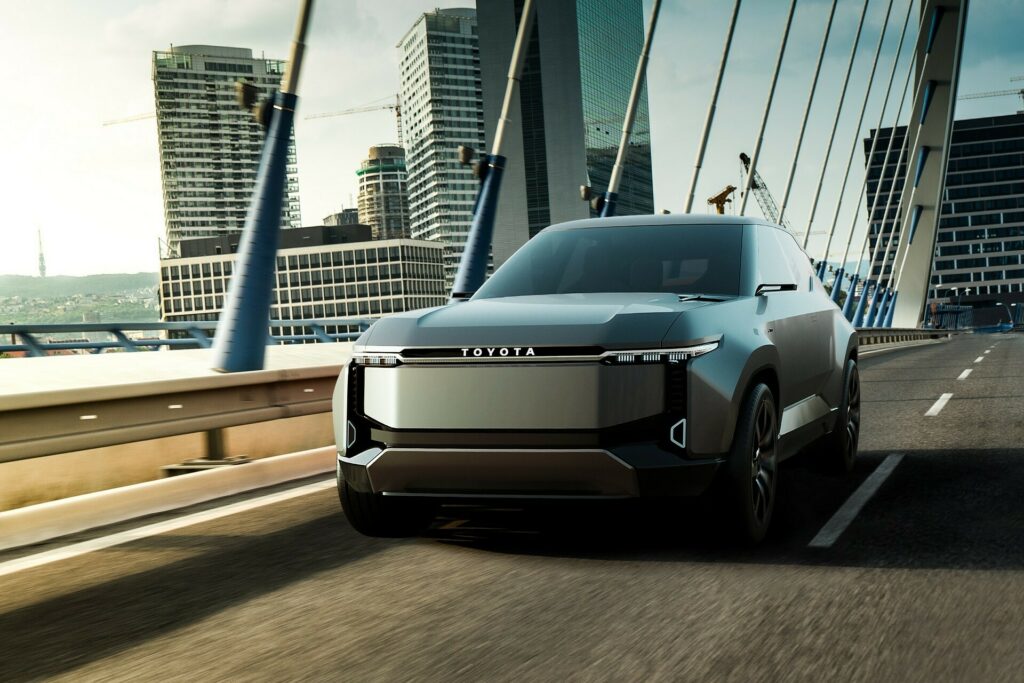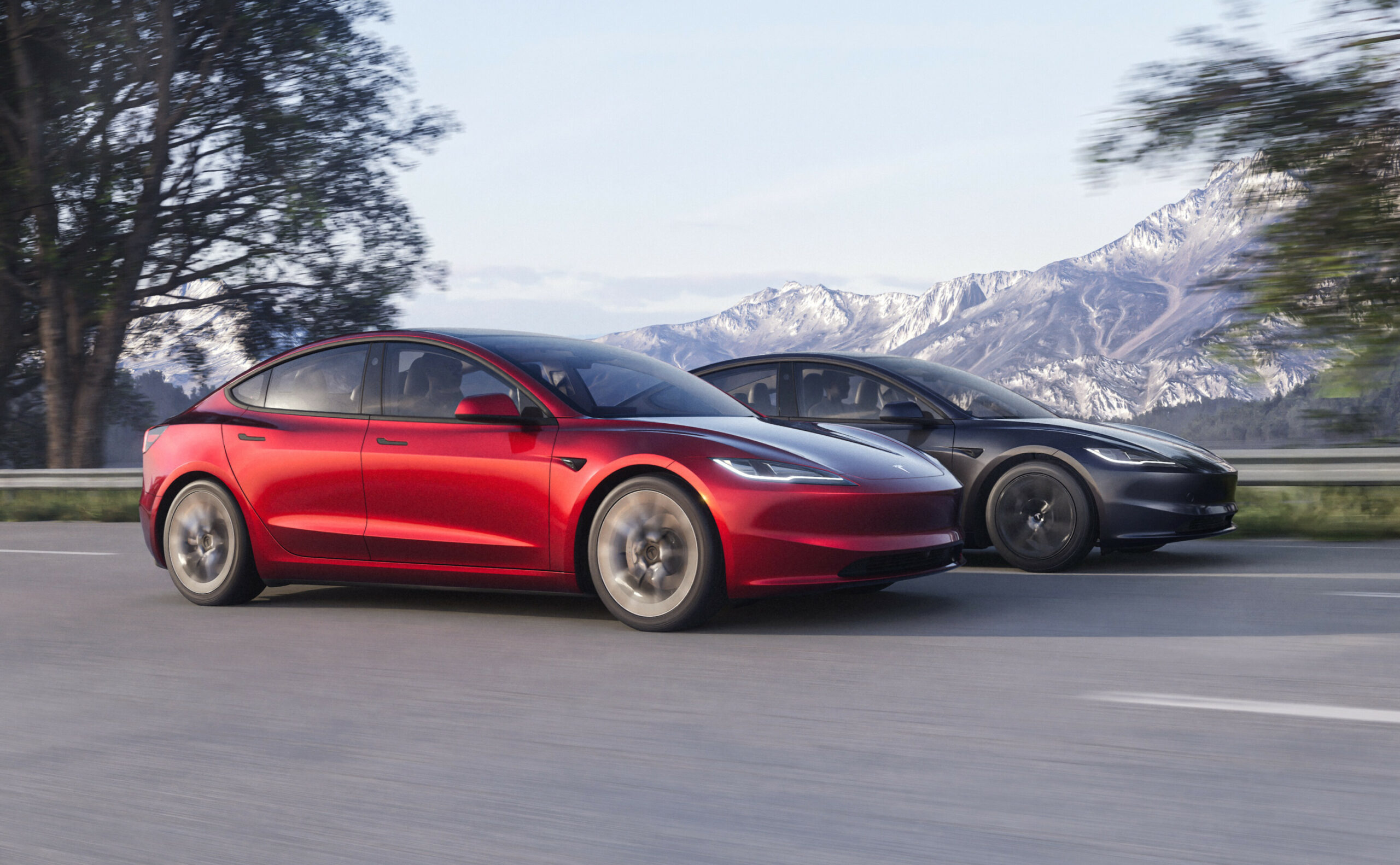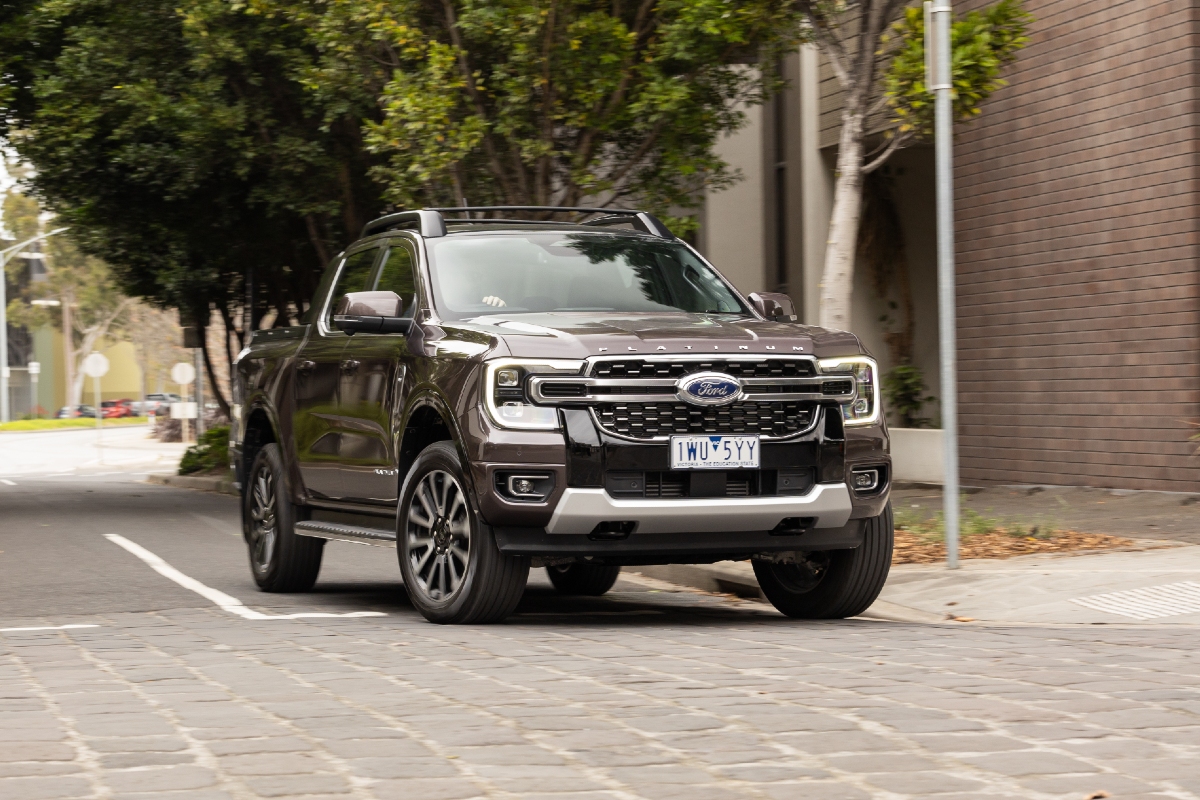
The automotive industry has been eclipsed by one issue in 2023. Whilst this topic may not have been at the forefront of the average consumers mindset, there’s no doubt that it dominated the board rooms of the motor industry across the world.
And that’s the slowing demand curve for electric vehicles (EVs).
Simply put, the industry has suddenly realised, in the space of a few months, that the world is not yet ready for the numbers of EVs that manufacturers were preparing to thrust upon us as 2023 dawned. The only makers seemingly immune to this were Tesla and several of the Chinese brands such as BYD, MG and Geely.
It’s not only the actual car makers themselves that have been caught out by the slowing conversion to electrification, it’s all the myriad of components manufacturers that sit below them in the supply chain. The ramifications are huge.
But what exactly is happening in the wider market place? There’s so much hype from both the pro-EV lobby groups and the anti-EV equivalents that it’s hard to always pinpoint the reality.
In order to better understand the picture, it’s important to understand that there are four dominant and important car markets in the world today, namely China, the USA, Europe and Japan; Japan being the smallest by far, but very important as it’s home to probably the single most influential car maker in the world – Toyota. And then there’s the rest of the world.
Toyota’s influence is vital to understanding the shape of the car market as it’s really the only volume brand that is truly represented across all markets around the globe. That means that they also have a better handle on the needs of a much wider consumer base than other, US centric or Euro centric manufacturers. Toyota products are in pretty much every country in the world, in goods hands and bad, from terrorists to presidents. That’s something that the Euros and the US makers simply cannot say.
Ignoring tiny markets (such as Norway), the push for mass market conversion to EVs started in China before then gaining traction with governments in Europe and the USA. Chinese incentives in the local market were as much about giving the industry a head start on the wider global market (by creating volume production) as they were about local emission reduction targets. Realising that the local brands were struggling to compete on the world stage with ICE (internal combustion engine) products, the Chinese central government saw the opportunity to gain an early advantage internationally in the EV space.
But it was Tesla, with the Model 3 and then Y, that had a much greater effect on EV sales growth in Europe and the USA than any incentives. Of course, combined with incentives, that helped but many of the sales would have come anyway.

Meanwhile, all the legacy American and European car makers were jumping onto the bandwagon with promises of great new products at affordable prices. But they took longer to get to market, and cost considerably more than anticipated and promised when they eventually did. As they were dithering, Tesla took the lions share of the ‘early adopter’ market in the developed world.
The only major legacy manufacturer who hung back from the rush to electrification was Toyota, and they got hung out to dry by many commentators for it. And yet, precisely because they understood the real, total, world market better than anyone, they’ve proven to be closer to the mark in their assessment of the speed of change.
Hyundai/Kia have taken an each way bet on seemingly every technology, but even they are in danger of having to back track and accelerate ICE development again if they’re going to match Toyota’s worldwide footprint.
So, during 2023, many of the board rooms of the automotive world have reverberated to the sounds of near panic as production of EVs has had to be slashed along with prices just to move the ones that have already been built. Don’t let anyone kid you, it’s a very ugly scene out there for American (Tesla excepted) and most European brands at the moment as they are having to take massive financial hits on their EV products.
Even Tesla is not immune to this slowing of the EV growth trend as the company has continually cut prices in many markets to stimulate demand to match ever increasing production.
But the real damage is being done within the legacy companies. With some of them, such as Ford Motor Company, it’s spelt out clearly within their financial results as to the huge losses being incurred making and selling EVs. In others it’s less obviously transparent. In order to counter these losses, they have no option but to ramp up ICE vehicle production and discount as needed to move metal. This is a business that they know well and are much more able to play the market with big margins in many of the popular SUV and Ute/truck models.
Meanwhile, Toyota are slowly bringing EV products to market whilst never letting up on ICE and Hybrid development and production.
Some of the responsibility for the over zealous rush to EV production before the market is ready has to go to shareholders of these companies. They’ve pushed the US and European brands to convert to EV production en mass before the demand has been proven. And now they need to wind back and allow the market to decide the shape of car buying, as it always has. Consumer facing incentives are only ever short term and therefore their effect on the market will always be limited in the longer term.

I think the full effects of the 2023 premature rush to EV mass production by the legacy makers will only be felt as we roll through 2024. Combine the pressure of needing to produce and sell more and more volume of profitable ICE models with the complete recovery from the Covid era supply chain issues, and the market pressure will be felt across the world with consequential pricing pressures on both the new and used vehicles.
There are going to be huge cost cutting exercises across the industry as businesses struggle to maintain the profitability expected from shareholders, and also as some of them kickstart other development programmes within the hybrid and even ICE space.
And whilst several of the Chinese brands appear to go from strength to strength by dominating (with Tesla) the EV market right now, there are plenty of smaller brands in China which won’t stand the test of time. Moreover, brands such as BYD and MG have yet to show that they have real and sustainable longevity in western markets which will only come from proven service and resale values.
EVs are here to stay, for sure, but there’s hell of a lot of water to flow under the bridge before the market for them matures. In the meantime, there’s also plenty of blood shed to come in those board rooms.












Discussion about this post